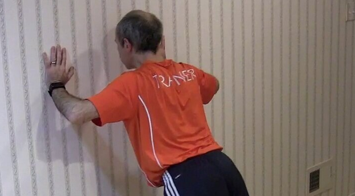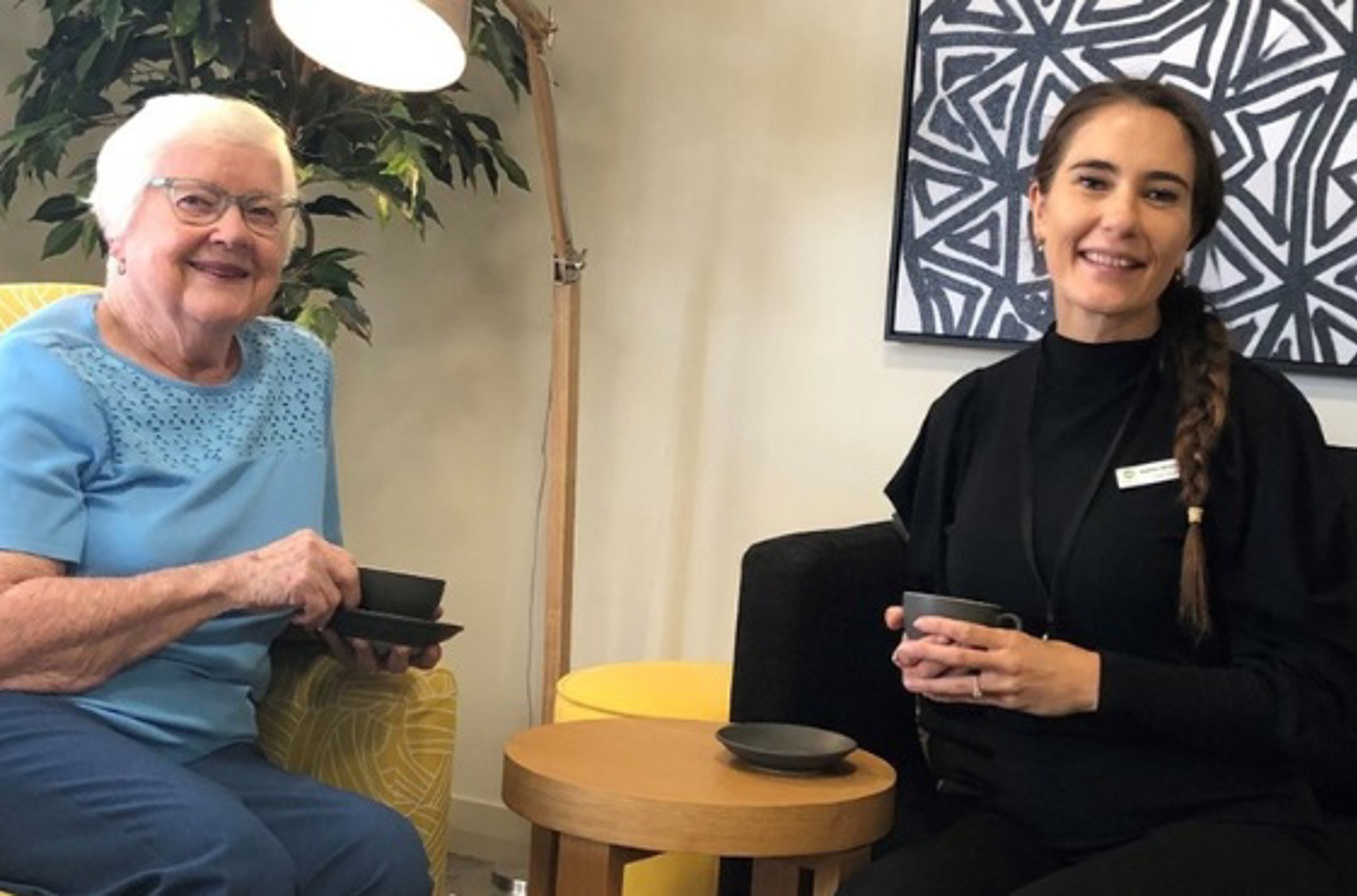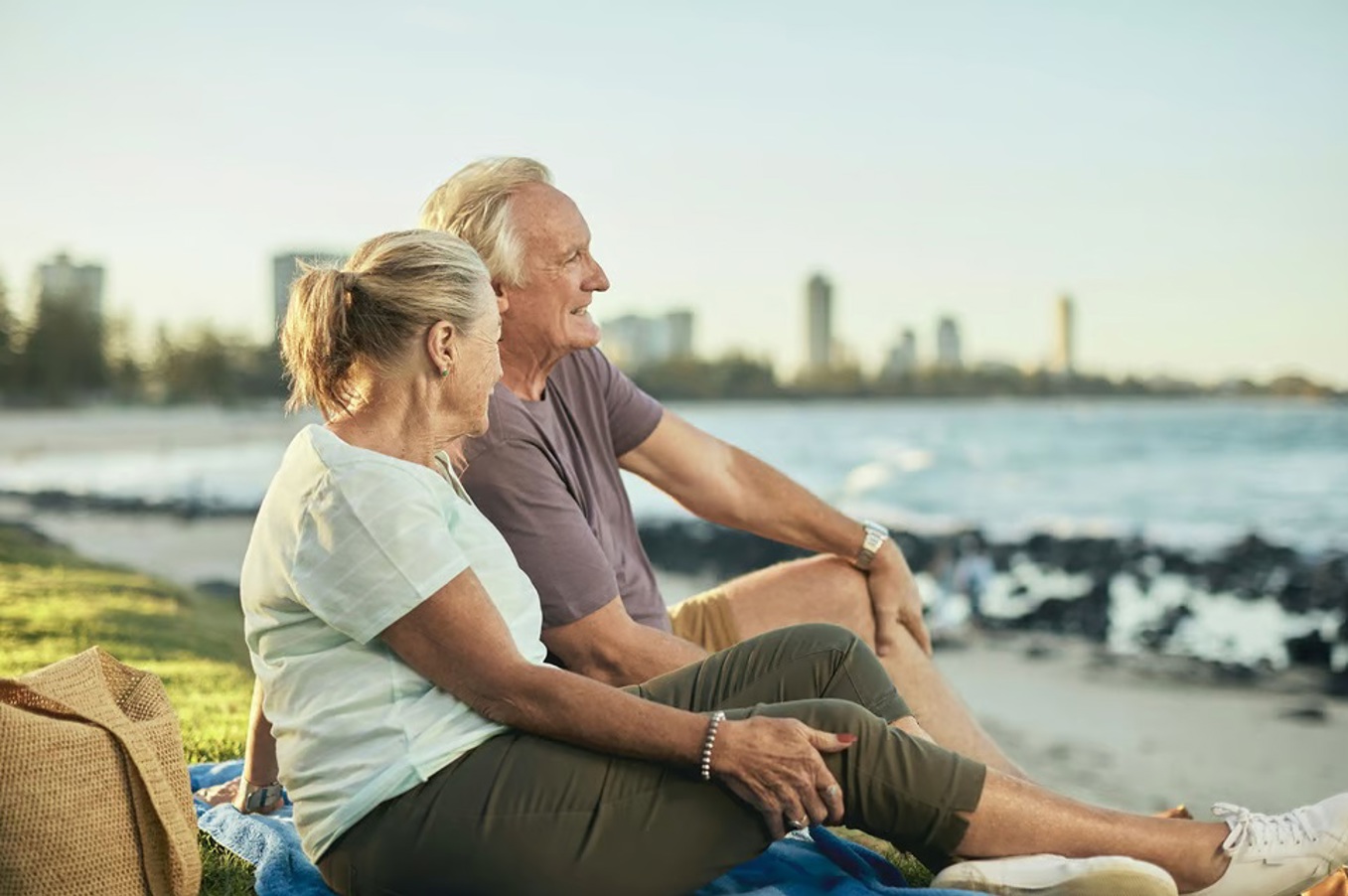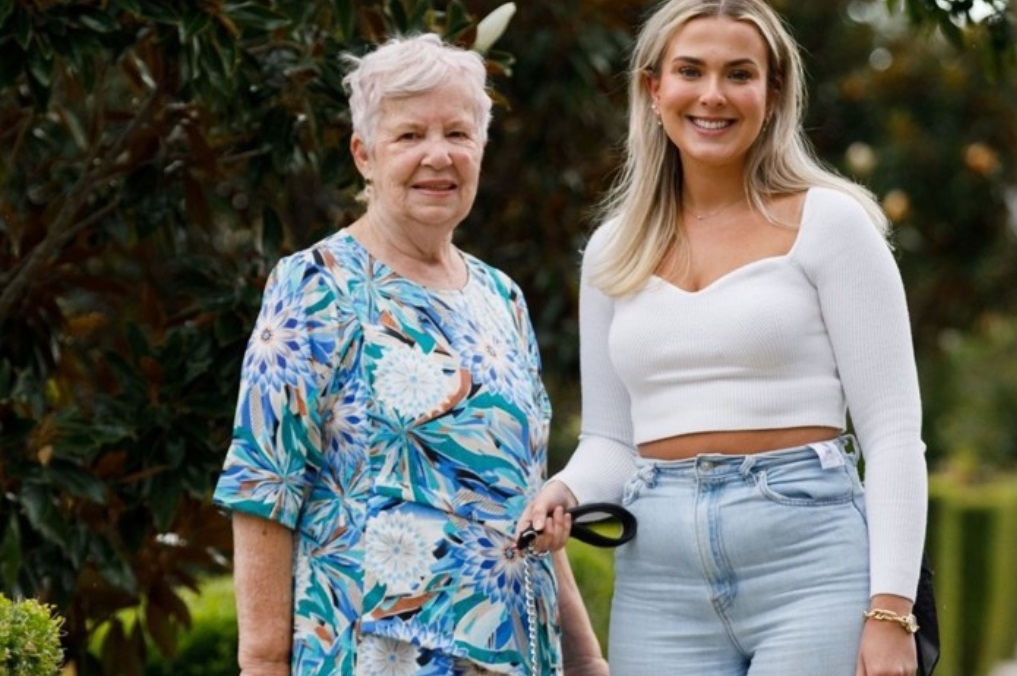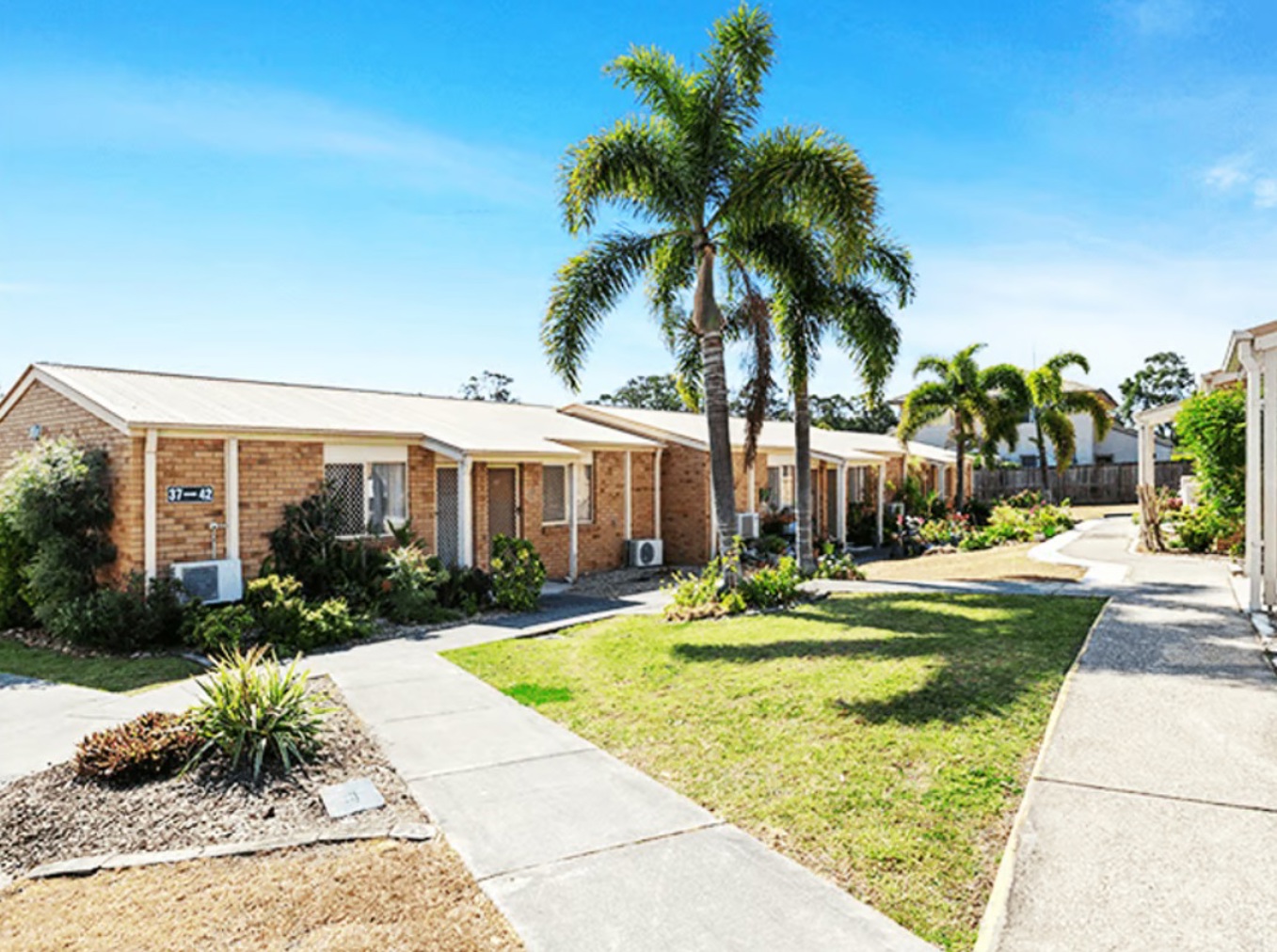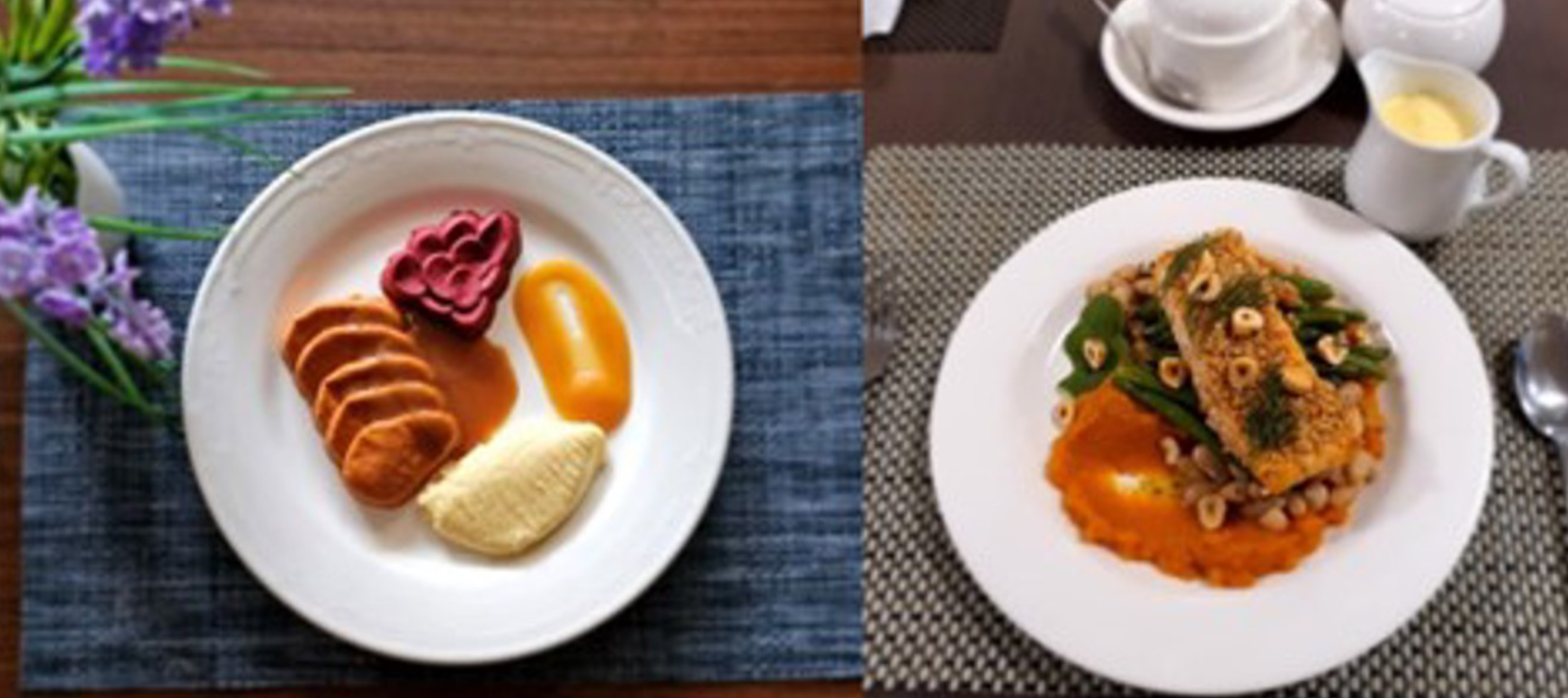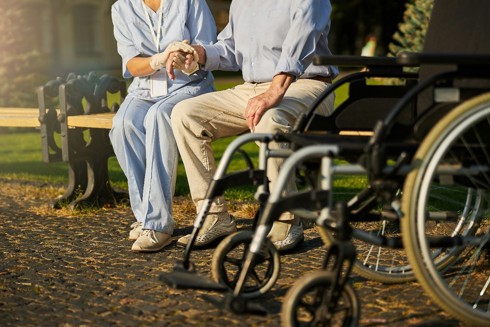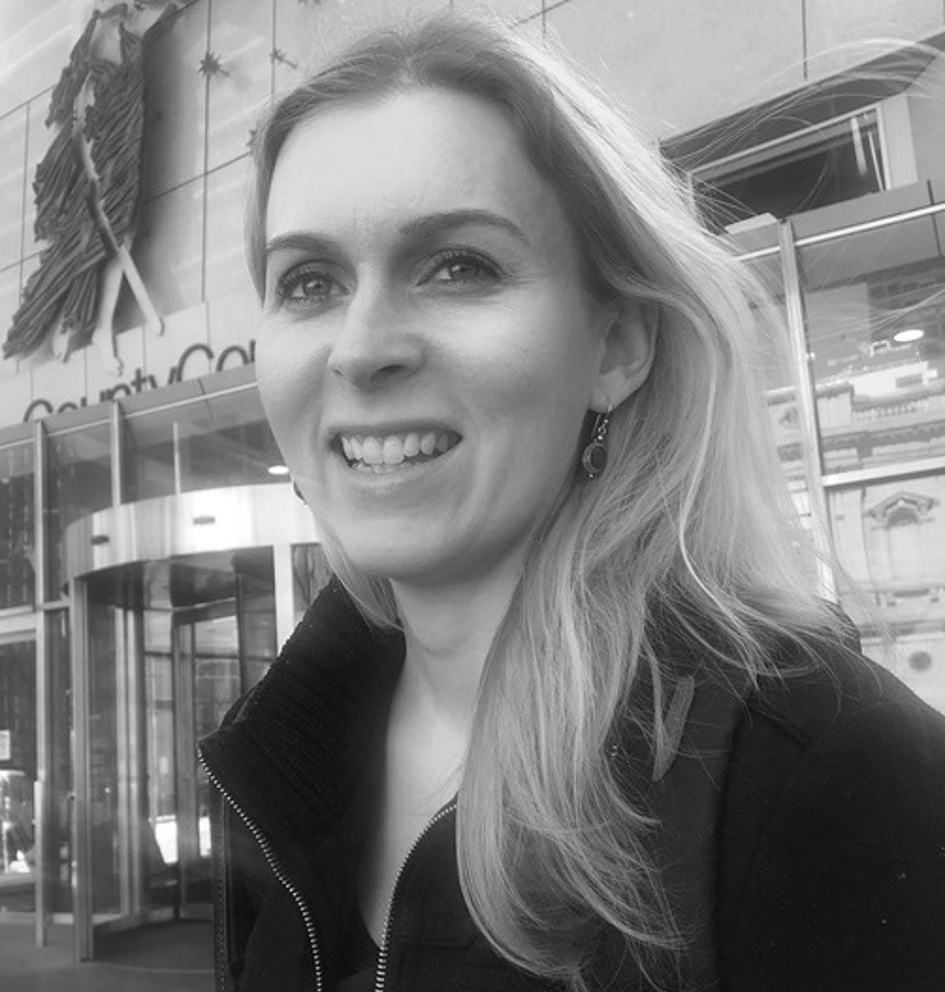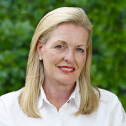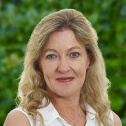The exercises that people should do as they age
26/10/2023
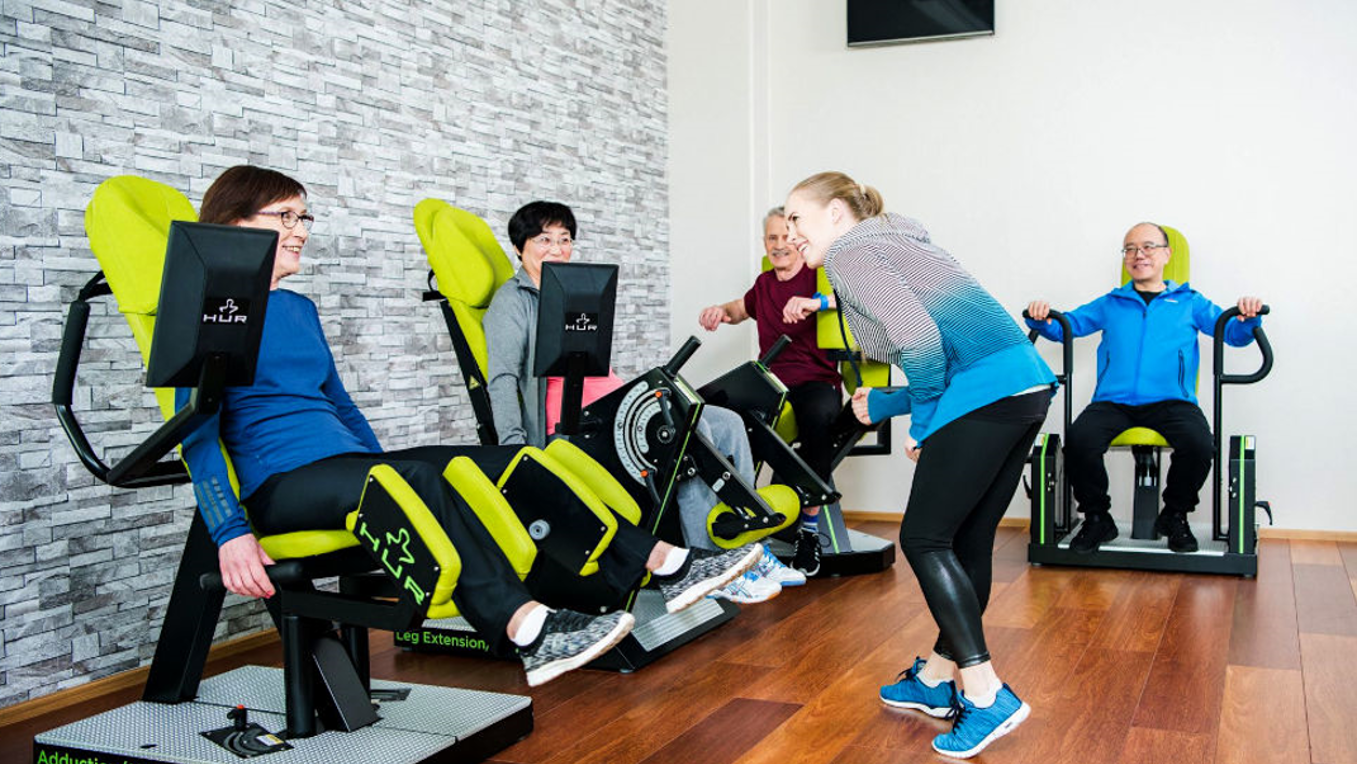
Just because people’s bodies age, it does not mean that they can not work out.
There are exercises for seniors that not only improve strength, but balance as well, and that is of crucial importance as people age.
The best form of exercise for seniors
According to the US Centers for Disease Control and Prevention, seniors need at least “150 minutes a week of moderate-intensity activity,” like a brisk walk, or “75 minutes a week of vigorous-intensity activity,” like hiking or running.
Additionally, seniors should do strength exercises twice a week and balancing-improving activities three times a week.
Exercise can “contribute to maintaining quality of life, health, and physical function and reducing falls among older people in general and older people with morbidities in particular.”
Researchers found that completing balance activities more than three hours per week reduced falls among participants by 21%.
Researchers also concluded that exercise among seniors decreased cardiovascular mortality, as well as potentially benefiting brain centres “that support executive control.”
It should be noted, however, that researchers recommend that seniors be active for six months or longer to “attain a high level of cardiorespiratory fitness.” Researchers noted that this level of physical activity might also be needed for balance exercises.
Exercise for seniors to do at home
In order to maintain both strength and balance, seniors need to participate in low-impact strength twice a week. Strength training for seniors can prevent the loss of bone mass, “which is necessary to prevent osteoporosis and other major health problems.”
Dead bugs
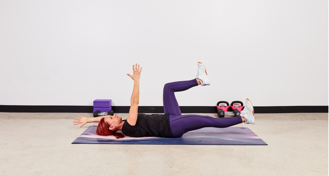
Dead bugs can help work your core without taking a toll on your joints.
Simply lie down on your back and make sure that your back and shoulders are flat on the ground the whole time. Then, lift your hands above your shoulders while lifting your legs and bending at the knees. Engage your core and lower your opposite leg and arm — and hover them over the floor. Repeat on the other side, and continue for five repetitions.
Glute bridge
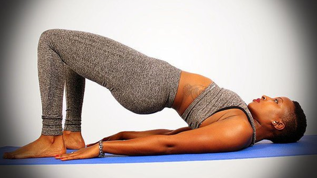
Glute bridges are great for targeting your “glutes, hitting the quads and hamstrings.” Start by lying on your back and placing your feet on the floor, while keeping your knees bent. Keep your arms flat by your side. Then drive your hips up, by pressing down on your heels, and squeeze your glutes at the top. Slowly return to your original position and do 10 repetitions.
Seated overhead press
This one is pretty simple – all you need is light dumbbells and a chair. Take a seat on your chair while keeping your back straight and core engaged. Hold a dumbbell in each hand and hold them at your shoulders. Make sure your palms are facing away from you. As you keep your wrists straight, press your dumbbells up into a straight line. Slowly lower your dumbbells back down and repeat 10 times.
Chair calf raises
This is another simple exercise that only requires a chair. Start by standing with your hands on the back of your chair. Shift your weight into the balls of your feet and lift your heels off the ground, so all of your weight is in your toes. Slowly come down and repeat for 10 repetitions.
Body weight squats
Lower body strength is pivotal for everyday tasks. Easy body weight squats – with the help of a chair – is a great way to build strength. Place a chair behind you, and place your feet should-width apartment. Engage your core, and keep your chest up, as you squat down. Slowly move down until your thighs are as close to parallel to the floor as you can get them. Press up on your heels to stand back up. Do this exercise for 10 repetitions.
Wall pushups
Think of wall pushups as classic pushups’ low-impact cousin: they’re a great way to build upper body strength, without the physical strain. Begin by standing in front of a wall at arm’s length. Place your hands on the wall, a little wider than shoulder width. Take a step back while keeping your legs straight, with your weight centered in the balls of your feet. Activate your core, keep your body straight and slowly lower your chest to the wall. Push back up and repeat 10 times.
